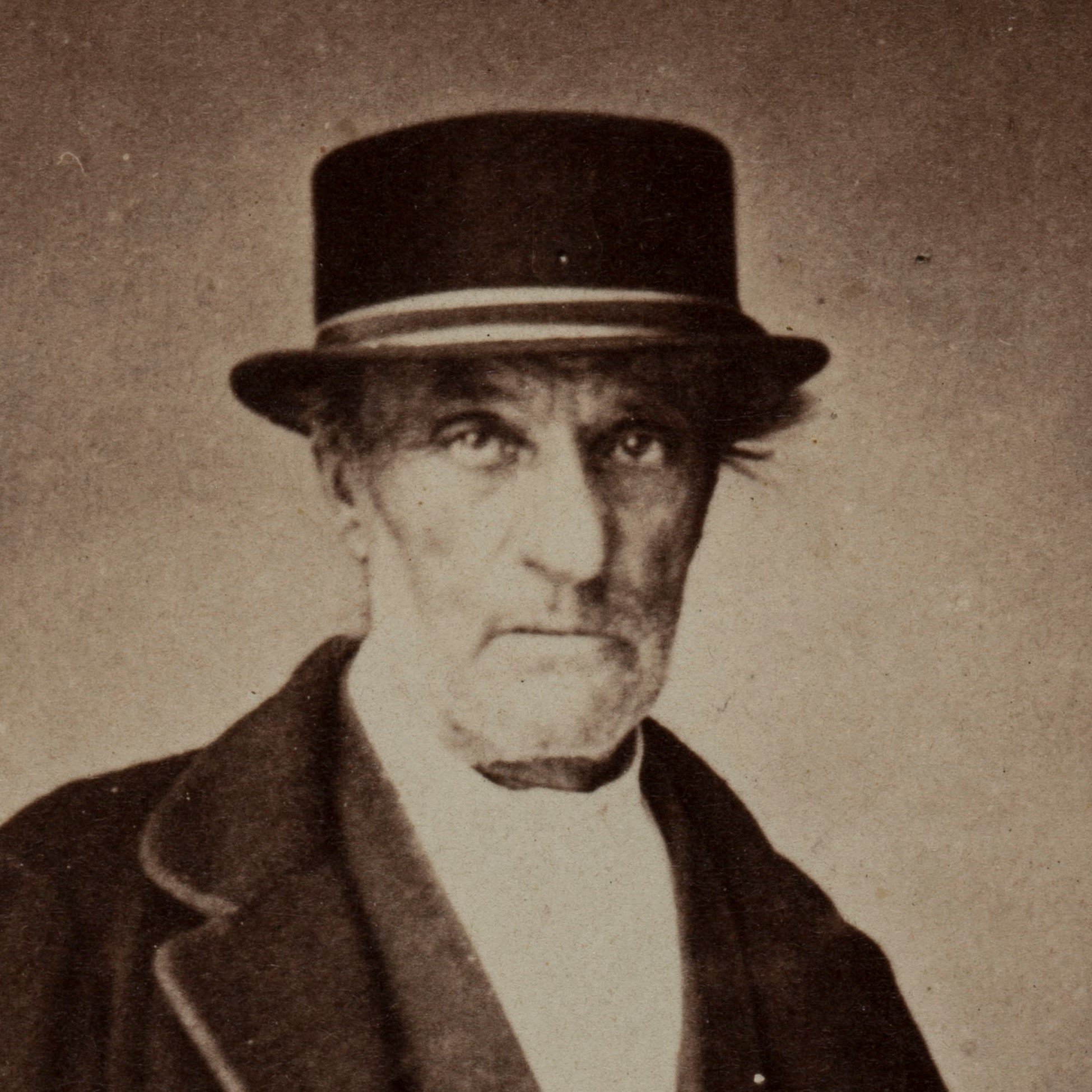
1798 - 1867
Jean‑Charles‑Alphonse Avinain dit Davinain
Summary
Name:
Jean‑Charles‑Alphonse Avinain dit DavinainNickname:
The Terror of Gonesse / The Butcher of Clichy‑la‑GarenneYears Active:
1867Birth:
October 17, 1798Status:
Class:
MurdererVictims:
2Method:
Strangulation / Blunt force / Dismemberment / ButcheringDeath:
November 28, 1867Nationality:
France
1798 - 1867
Jean‑Charles‑Alphonse Avinain dit Davinain
Summary: Murderer
Name:
Jean‑Charles‑Alphonse Avinain dit DavinainNickname:
The Terror of Gonesse / The Butcher of Clichy‑la‑GarenneStatus:
Victims:
2Method:
Strangulation / Blunt force / Dismemberment / ButcheringNationality:
FranceBirth:
October 17, 1798Death:
November 28, 1867Years Active:
1867bio
Jean‑Charles‑Alphonse Avinain dit Davinain was born on 14 October 1798 in Torcy, Seine‑et‑Marne, France. At just 15 years old, during the Allied invasion of France, he showed remarkable bravery fighting against the advancing Cossacks. Later, in 1823, he again stood out in action—this time as part of the “Hundred Thousand Sons of Saint Louis” during France’s intervention in Spain.
Though trained as a butcher, Avinain drifted into petty crime, earning six convictions for theft. While imprisoned at the central house in Melun, he took part in autopsies, gradually acquiring anatomical precision and dissection skills that—chillingly—betrayed a butcher’s methodical nature. He later spent 18 years at the infamous Devil’s Island penal colony in Cayenne—decades before Captain Dreyfus would arrive there.
In early 1867, at age 68, Avinain returned to Île‑de‑France and the modest Batignolles home of his wife and daughter, where he was welcomed warmly. Yet after years of idle existence, his family urged him to channel his strength and intelligence productively. He claimed to have made money in Guiana from selling wine and even to have recovered 1,700 francs hidden near a politician’s box on Devil’s Island—though the story was most likely fabricated.
Using falsified identity documents under his first names, Avinain rented small warehouses along the Seine in Levallois‑Perret and Courbevoie via short‑term leases.
murder story
In January 1867, Avinain rented a warehouse under an alias on Avenue Montaigne in Paris to unload fodder from a cart he’d procured. On 12 March, he bought a cartload from Lucien Leconte at the Charenton market for 50 francs. Avinain delayed paying—claiming lack of funds and promising to return the next morning. Suspicious, Leconte stayed awake, and Avinain quietly slipped away at dawn.
Days later, on 16 March, at La Chapelle Market, Avinain bought 100 bales of hay and 300 of straw from a young grain merchant, Isidore Vincent, and his wife. He lured Vincent back to his rented Courbevoie warehouse, murdered him, and stole the fodder.
On 19 March, a dismembered torso—missing head and limbs—was discovered near Argenteuil on the Seine. Dr. Maurice conducted the autopsy, confirming that the dismemberment was executed by someone with butchering skills. The victim was identified as a 25‑year‑old man, deceased for three days, likely strangled several hours after his last meal. The body had drifted about fifteen kilometers downstream. The police unleashed bloodhounds on the trail.
On 26 June, an elderly fodder seller named Duguet arrived at La Chapelle Market with a white horse and cart. Avinain approached him, and together they headed to Levallois‑Perret, where they left the cart, went to restaurant Mathon for soup, and shared wine. Later, they were seen walking along the Seine. Invited to spend the night, Duguet agreed—only to be savagely murdered in his sleep by Avinain, who struck him seventeen times with a hammer, then butchered the body and stole both horse and cart.
On 28 June, a torso was found in Saint‑Ouen. A few days later, other body parts—arms, legs, head—surfaced. Professor Auguste Ambroise Tardieu of the Faculty of Medicine conducted the autopsy, confirming Dr. Maurice’s findings: strangulation, a blunt‑force head attack while the victim slept, followed by dismemberment. The victim was identified as 75‑year‑old Duguet, a farmer from Longperrier.
Mapping evidence, investigators traced the horse and cart to Juquin and a cartwright‑locksmith—they’d been sold by a “Jean Charles,” fodder merchant from Cité des Chasseurs. Witnesses confirmed Avinain’s presence with Duguet, and although Avinain tried to flee through the sewers, police caught him at the exit. On searching his warehouse in Levallois‑Perret, they found traces of blood and fodder belonging to Duguet. Despite mounting proof, Avinain denied guilt—until magistrate Henriquez cornered him. Promised potential imperial pardon for confession, Avinain finally admitted to the crimes.
On 2 October 1867, Avinain appeared at the cour d’assises in Seine, looking sharp in a black frock coat and white shirt, defended by Master Massoni. On 26 October, the Advocate General urged the jury to be merciless, calling Avinain a “terrible villain” unworthy of pity. The court president echoed that even without premeditation, Avinain deserved death under Article 304 of the Penal Code.
Massoni wrote to Napoleon III on 23 November, and Avinain submitted his own plea, but no mercy was granted. His execution was set for 27 November (although he was executed on 28 November).
On execution day at La Roquette Prison, a foggy morning, he was awakened by police chief Mr Claude, dressed, and drank wine from the chaplain. After resisting confession for 20 days, he finally relented. He declared, “The world treated me too badly for me to regret leaving him. I am a man and will die a man.” He got fiery with the executioner, then calmed. Before the guillotine, he bid “Farewell, children of the fatherland!” and delivered his signature line: “Gentlemen, never confess! Never admit!”